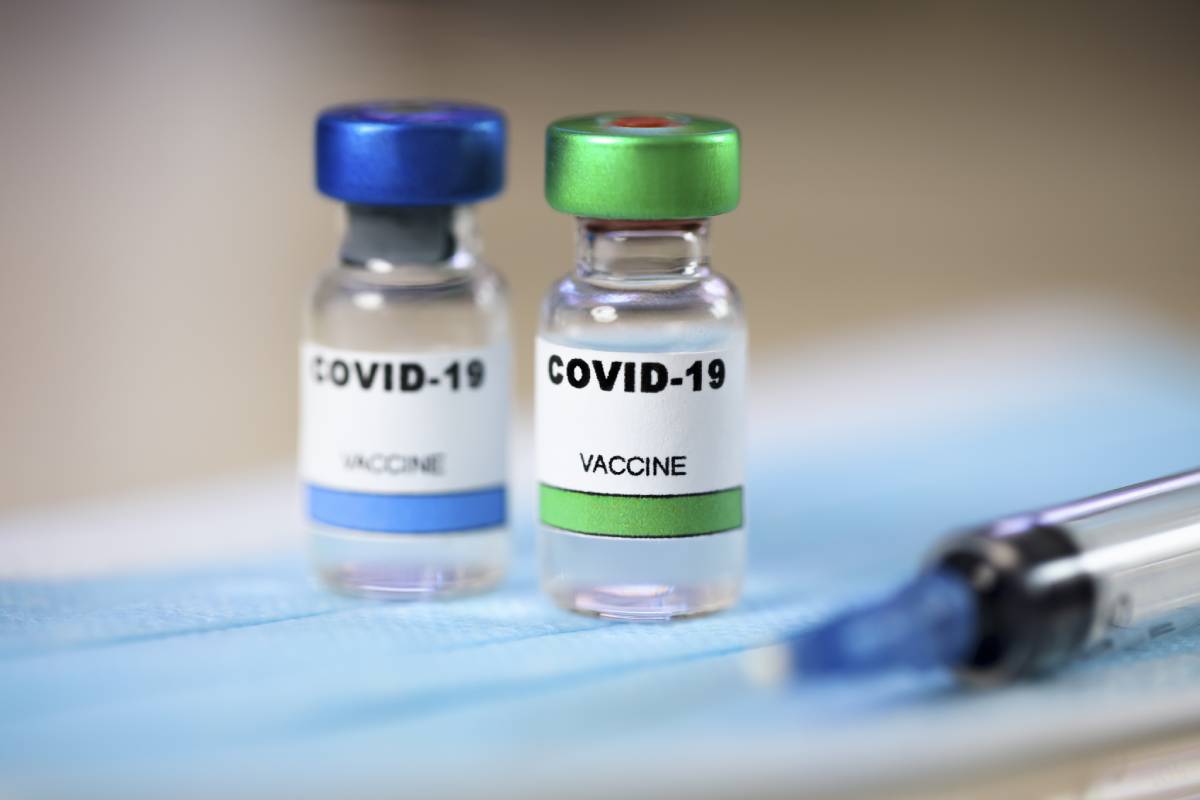In response to potential supply shortages, adverse thrombotic events, and the rise of dangerous variants, researchers are considering whether a heterologous COVID-19 vaccine boost regimen may be beneficial to the general public [1, 2]. Considering that many people lack a preexisting immune response to COVID-19, a heterologous regimen, where an individual receives doses of different vaccine formulations, may be the most long-lasting and powerful tool against infection and serious illness [3]. Recently, researchers have studied heterologous regimens in the context of the ChAdOx1 n-CoV-19 vaccine (Oxford-AstraZeneca) [1]. During the last few months, many experiments have studied the efficacy of pairing the Oxford-AstraZeneca vaccine with an mRNA vaccine.
In August, Liu et al. published a study comparing heterologous and homogenous vaccine schedules in terms of their immunogenicity and safety [4]. The 830 participants (median age was 57.8 years) were divided into four groups, determined by which vaccines they received in what order: either two Oxford-AstraZeneca doses, two Pfizer-BioNTech doses, one Oxford-AstraZeneca dose followed by a Pfizer-BioNTech dose, or the inverse [4]. Researchers found that subjects in both heterologous groups had concentrations of SARS-CoV-2 anti-spike IgG that were non-inferior to concentrations in the ChAd/ChAd group [4]. Therefore, this experiment suggested that a hybrid vaccination schedule produced higher immunogenicity than a ChAd/ChAd regimen [4].
Normark et al. conducted a similar study, but they combined the Oxford-AstraZeneca vaccine with mRNA-1273 (Moderna) [1]. Their subjects were 88 healthcare workers who had already received a dose of the Oxford-AstraZeneca vaccine 9 to 12 weeks before the start of the experiment [1]. The healthcare workers were either given a second dose of Oxford-AstraZeneca or one of the Moderna vaccine [1]. At 7 to 10 days following the booster, the heterologous group reported antibody levels 125 and 115 times higher of spike protein-specific IgG and receptor-binding domain-specific IgG, respectively, compared to levels on the day of the booster [1]. The homologous group produced much lower immunogenicity, with levels of both antibodies being only 5 times higher 7 to 10 days after the booster shot [1].
Furthermore, only blood samples from the heterologous group contained antibodies capable of strongly neutralizing the B.1.351 variant of SARS-CoV-2 [1]. Patients who receive just the Oxford-AstraZeneca vaccine are still susceptible to this variant, with one study reporting that two doses of the vaccine did not prevent mild-to-moderate COVID-19 [5]. Consequently, offering an mRNA vaccine to patients who have already received a viral vector vaccine, such as the Oxford-AstraZeneca formula, may be necessary to protect against future variant outbreaks [1].
Despite the higher immunogenicity experienced by patients on heterologous regimens, they can also be more susceptible to side effects [1]. In the aforementioned experiment, patients who received a Moderna booster were more likely to suffer from muscle aches, chills, fever, and headache than their homologous counterparts [1]. However, when adjusted for intensity, there was no significant difference between the groups [1]. Conversely, an AstraZeneca-Pfizer regimen examined in another study found that 34% of patients on the heterologous schedule reported feverishness, compared to 11% of homologous recipients [2]. Researchers reported similar results concerning joint pain, muscle ache, headache, chills, malaise, and fatigue [2]. Still, researchers found no difference in hospitalization rates due to vaccine side effects, suggesting that these side effects may not be justification to abandon the heterologous method [2].
Given these promising results, researchers must now work on developing the best vaccination schedule possible. Preliminary research indicates that waiting as long as three months between the first and second dose may provide greater levels of immunogenicity than shorter intervals [6]. Although these results warrant further confirmation, the efficacy of heterologous vaccines delivered on an elongated schedule is positive news for the control of this pandemic.
References
[1] J. Normark et al., “Heterologous ChAdOx1 nCoV-19 and mRNA-1273 Vaccination,” The New England Journal of Medicine, Updated July 14, 2021. [Online]. Available: https://doi.org/10.1056/NEJMc2110716.
[2] R. H. Shaw et al., “Heterologous prime-boost COVID-19 vaccination: initial reactogenicity data,” The Lancet, vol. 397, no. 10289, p. 2043-2046, May 2021. [Online]. Available: https://doi.org/10.1016/S0140-6736(21)01115-6.
[3] D. Y. Logunov et al., “Safety and efficacy of an rAd26 and rAd5 vector-based heterologous prime-boost COVID-19 vaccine: an interim analysis of a randomised controlled phase 3 trial in Russia,” The Lancet, vol. 397, no. 10275, p. 671-681, February 2021. [Online]. Available: https://doi.org/10.1016/S0140-6736(21)00234-8.
[4] X. Liu et al., “Safety and immunogenicity of heterologous versus homologous prime-boost schedules with an adenoviral vectored and mRNA COVID-19 vaccine (Com-COV): a single-blind, randomised, non-inferiority trial,” The Lancet, Updated August 6, 2021. [Online]. Available: https://doi.org/10.1016/S0140-6736(21)01694-9.
[5] S. A. Madhi et al., “Efficacy of the ChAdOx1 nCoV-19 Covid-19 Vaccine against the B.1.351 Variant,” The New England Journal of Medicine, vol. 384, p. 1885-1898, May 2021. [Online]. Available: https://doi.org/10.1056/NEJMoa2102214.
[6] M. Voysey et al., “Single-dose administration and the influence of the timing of the booster dose on immunogenicity and efficacy of ChAdOx1 nCoV-19 (AZD1222) vaccine: a pooled analysis of four randomised trials,” The Lancet, vol. 397, no. 10277, p. 881-891, March 2021. [Online]. Available: https://doi.org/10.1016/S0140-6736(21)00432-3.
